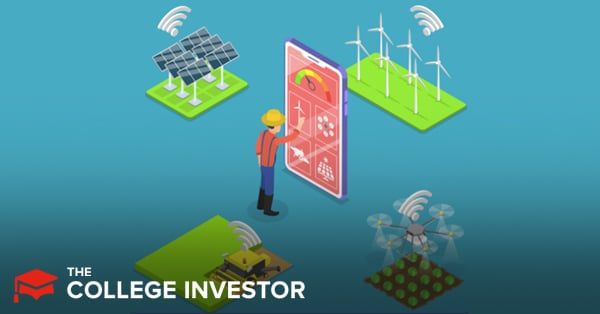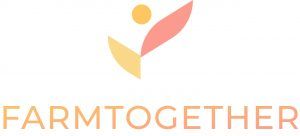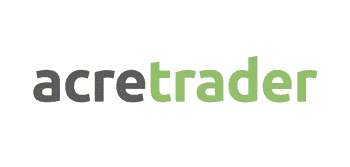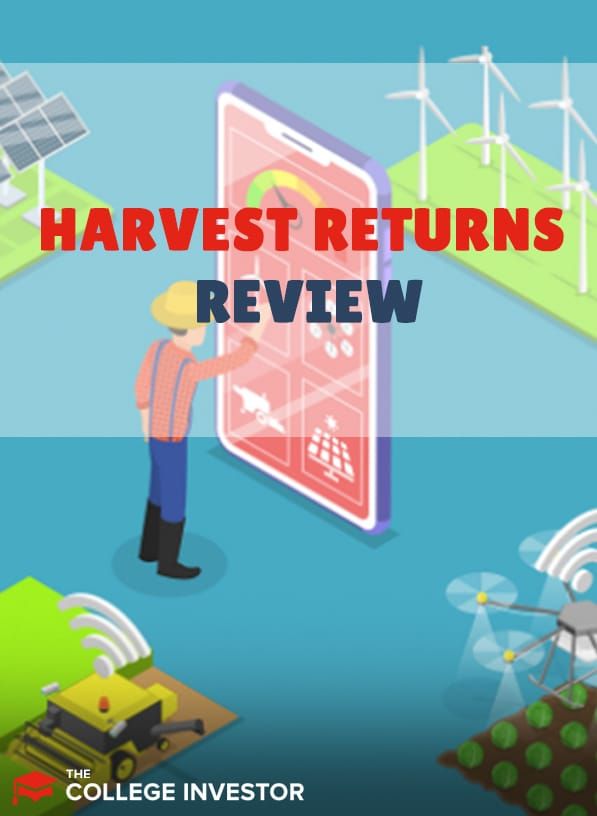
There are many crowdfunding real estate investing websites scattered across the internet to choose from. Some are even open to non-accredited investors.
The ease of access provided by crowdfunding platforms gives ordinary investors a great way to diversify their portfolios through real estate investing.
However, suppose you are already investing in various real estate crowdfunding platforms and are looking for more diversification. In that case, Harvest Returns offers a completely different type of real estate investing — farming and timberland. Keep reading to learn how it works.

Quick Summary
- Minimum of $5,000 required to invest in agriculture deals
- Multi-year holding period expected on all offerings
- Some investments may accept non-accredited investors
Harvest Returns Details | |
|---|---|
Product Name | Harvest Returns |
Min Invesment | $5,000 |
Annual Fee | $0 |
Open to Non-Accredited Investors? | Varies By Investment |
Promotions | None |
Who Is Harvest Returns?
Harvest Returns is a real estate crowdfunding platform that specializes in agriculture-related investments. It was started in 2016 by Chris Rawley. Harvest Returns is based in Fort Worth, TX. It recently announced that $10 million in private placement agricultural offerings have now been raised on its platform.
What Do They Offer?
Harvest Returns lets ordinary investors get involved in agriculture production investments, which may include:
- Timber
- Row crops
- Tree crops
- Livestock
- Indoor agriculture
Minimums to invest in Harvest Returns deals range from $5,000 to $25,000. These are long-term investments. Expect to hold for at least two years and much longer in many cases.
Related: How To Invest In Farmland | Pros, Cons, Tools, and Platforms
Diversifying Through Real Estate
Investing in farming is about more than just investing in real estate. It’s a specific type of real estate investing. If you're already involved in real estate crowdfunding investing, Harvest Returns provides another way to further diversify your real estate portfolio.
There are a few pros of investing in farming. First, it's generally not as volatile as investing in the stock market. And, second, you’re investing in a real asset that should technically always have at least some value.
You can invest directly in Harvest Returns or through your IRA. If you want to invest using your IRA, you’ll need to open a self-directed IRA (SDI) account.
Harvest Returns doesn’t provide any help with opening an SDI. However, there are many companies available that can help with opening up a new SDI. Your current IRA custodian might be one or may be able to provide some SDI references.
Legal Structure
The investments offered by Harvest Returns are not REITs or securities. Instead, they are SEC-compliant private placement syndications. Under this structure, an LP is created, which is where investor money goes.
Each LP is sponsored by a general partner (GP). The sponsor handles all operational aspects of the investment. The sponsor is what makes the investment passive.
Technically, investors can sell their interest in the investment. But, practically, there is no secondary market for these investments, which means there’s no way for an investor to sell their interest.
Unlike public securities that are traded on stock exchanges, private investments are very illiquid and often lack secondary markets. That’s one of the reasons why they require a longer holding period. However, Harvest Returns does say that some of its deals allow investors to eventually sell back their shares to the deal sponsor or a third party.
Accredited Vs. Non-Accredited Investors
An accredited investor is someone with a $1 million net worth, excluding their primary residence, or a $200,000 income for the last two years.
There is a mixture of investments available on Harvest Returns some are open to non-accredited investors. It says it offers a limited number of deals that follow Rule 506(b) and do not require investors to be accredited.
What Kind Of Returns Should You Expect?
During the holding period, investors can expect upper single-digit returns with some deals offering 10% or more.
Returns are distributed quarterly or annually and are determined by each deal. Since 2016, Harvest Returns has distributed $1.8 million in returns to investors.
There isn’t any information about principal appreciation. But, at the end of the holding period, investors should expect at least the amount they put into a deal to be returned.
Are There Any Fees?
The platform does not charge investors any annual fees which is a nice benefit. Related investment fees are paid by those raising the funds and by Harvest Returns.
Header |  |  | |
|---|---|---|---|
Rating | |||
AUM Fees | $0 | Varies | 0.75% |
Min Investment | $5,000+ | $10,000+ | $5,000+ |
Open To Non-Accredited Investors? | Varies by investment | ||
Cell | Cell |
How Do I Open An Account?
You can visit the Harvest Returns website to open an account. The account set up process involves these steps:
- 1Set up profile
- 2Review and sign offering docs
- 3Fund your investments
- 4Your investment closes and operates
- 5Receive updates and tax docs
- 6Receive distributions until exit
Is My Money Safe?
There are no FDIC or SIPC protections on invested funds with Harvest Returns. While the investment is in real estate, which is fairly stable, it's still legally possible that you could lose 100% of your investment.
Is It Worth It?
If you're comfortable with diversifying your portfolio by investing in a riskier asset (private equity) with a multi-year holding period, Harvest Returns is certainly worth checking out.
The fact that many of its offerings promise to send regular distributions may appeal to investors who favor income-generating investments. But investors who need their investments to be more liquid will want to look elsewhere.
Harvest Returns isn't the only crowdfunding site that focuses on agricultural real estate. If you think that agriculture investing is right for you, be sure to compare its investments with similar platforms such as FarmTogether and AcreTrader.
Harvest Returns Features
Account Types |
|
Minimum Investment | $5,000 |
Management Fees | $0 |
Target IRR | Varies by investments (typically 8% to 20%) |
Investor Requirements | Some investments are open to non-accredited investors but many are not. |
Investment Options | Only three investments that are live (currently raising funds) |
Investment Term | 2+ years (often much longer) |
Share Redemption Program | Varies by investment deal |
Secondary Market | Limited to none |
Customer Service Options | Contact form and email |
Customer Service Email Address | info@harvestreturns.com |
Mobile App Availability | None |
Promotions | None |
Harvest Returns Review
-
Pricing & Fees
-
Ease of Use
-
Customer Service
-
Products and Services
-
Diversification
-
Liquidity
Overall
Summary
Harvest Returns is a real estate crowdfunding site that offers income-producing investments in agriculture and farming.
Pros
- No annual fees
- Low investment minimums
- Investments may pay regular distributions
Cons
- Long holding periods (2+ years)
- Little to no short-term liquidity
- Few deals are open to non-accredited investors

Robert Farrington is America’s Millennial Money Expert® and America’s Student Loan Debt Expert™, and the founder of The College Investor, a personal finance site dedicated to helping millennials escape student loan debt to start investing and building wealth for the future. You can learn more about him on the About Page or on his personal site RobertFarrington.com.
He regularly writes about investing, student loan debt, and general personal finance topics geared toward anyone wanting to earn more, get out of debt, and start building wealth for the future.
He has been quoted in major publications, including the New York Times, Wall Street Journal, Washington Post, ABC, NBC, Today, and more. He is also a regular contributor to Forbes.
Editor: Clint Proctor Reviewed by: Chris Muller
